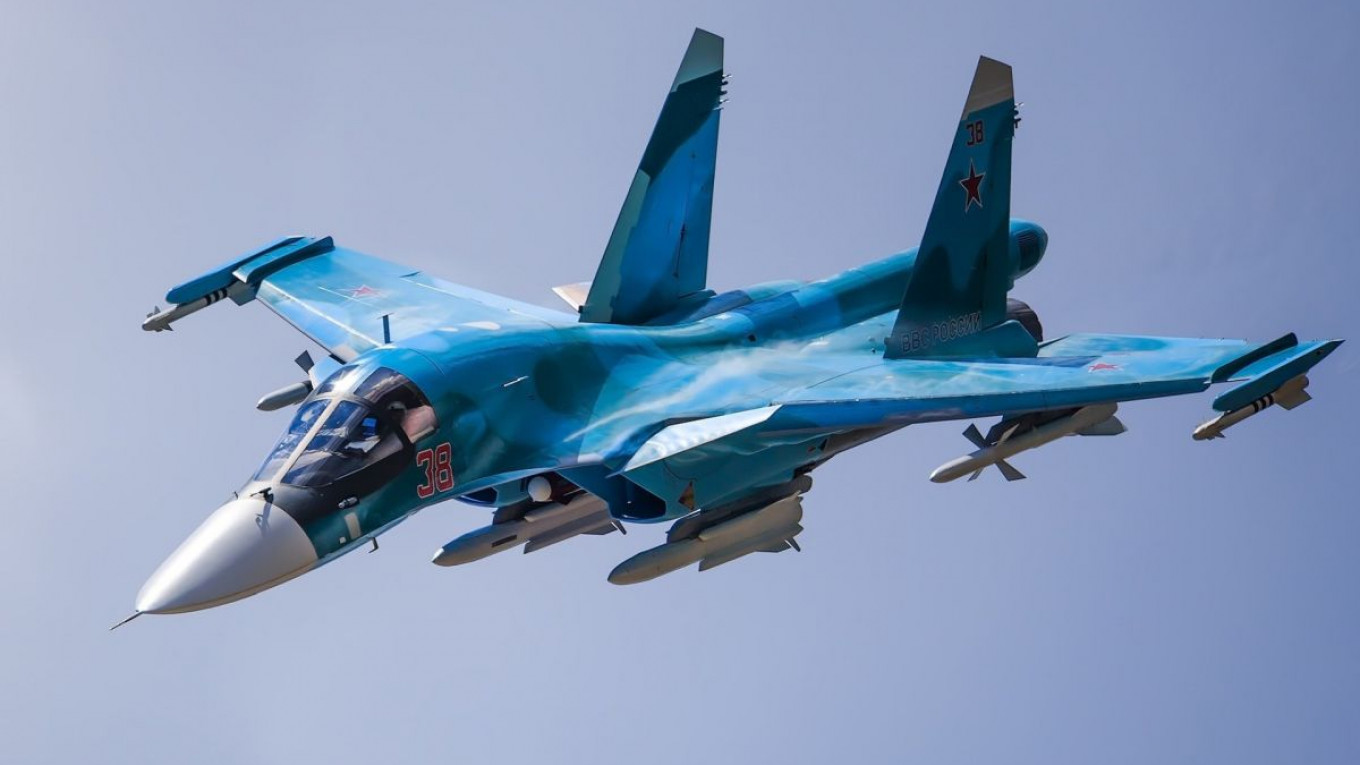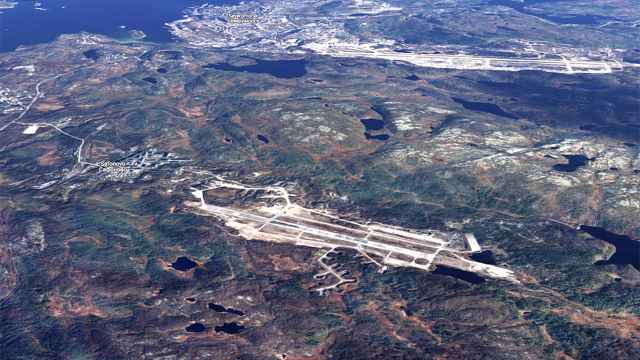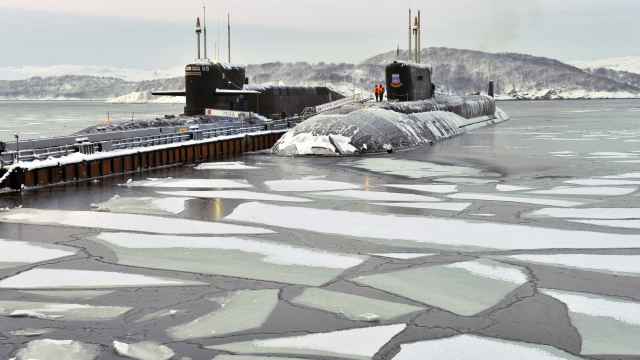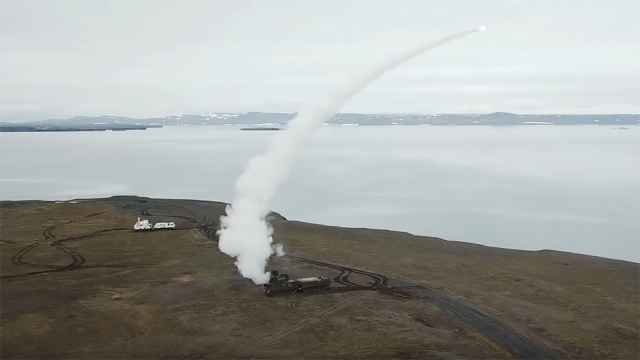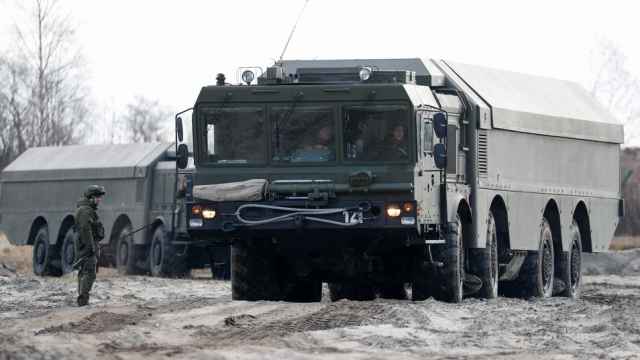Russia is boosting its military presence in the Arctic region in a bid to better protect its Northern Sea Route. Additional military infrastructure has been made operational along the country’s vast Arctic coast with the installation of radars, radio-electronic equipment, missile systems and other advanced weaponry.
Russia’s Northern Fleet is taking a leading role in the militarization plans and a new strategic command, the Sever, was established in 2014. It has several new and updated bases at its disposal, together with a range of new powers and some of the country’s most advanced weapons systems.
A new Arctic air squadron is being established and is to be managed by the Northern Fleet. At the core of this new squadron will be the Su-34 (“Fullback”) multi-purpose fighter jet, the Izvestia tabloid reported.
The Su-34 was officially included in the Russian Air Force in 2014. Russian military leaders argue its range of up to 4,500 kilometers makes it very capable of keeping almost the entire Northern Sea Route under control.
The aircraft is believed to be able to operate autonomously over large areas and hit targets with high precision at distances of up to 260 kilometers. It will be equipped with the Kh-35U, a powerful turbojet supersonic cruise missile capable of destroying large ships.
A new Arctic fleet of Su-35 aircraft may be based in Monchegorsk, according to a military expert cited in Izvestia. Previously, the town, which is located in the central part of the Kola Peninsula approximately 100 kilometers from Finland and Norway, housed a fleet of Su-24M and Su-24MP aircraft.
Several more airstrips across the Arctic have been made available to the new squadron as Russia has invested in a number of new bases along the Arctic coast and in the Arctic archipelagos in recent years.
When fully developed, the Northern Fleet will have a well-developed network of military airbases in the region, stretching from the Kola Peninsula in the west to the Chukotka Peninsula in the east. The most northern Arctic bases include Nagurskoye in Franz Josef Land, Rogachevo in Novaya Zemlya, Temp in the New Siberian Islands and Tiksi on the Laptev Sea coast.
The airbases are supported by Russia’s most up-to-date radars and surveillance early-warning systems. In May this year, the Northern Fleet confirmed that it had completed its new Center for Radio-Electronic Warfare. The center includes two Murmansk-BN systems, as well as the Krasukha and Divnomorye systems.
The powerful Murmansk-BN system has been deployed in Severomorsk, Kola Peninsula and in Kamchatka and is capable of covering the whole area of the Northern Sea Route. The range of the Murmansk-BN is 5,000 kilometers, reaching up to 8,000 kilometers in good weather. In addition, the Krasukha-2 and Krasukha-4 systems have been deployed at military bases in Novaya Zemlya, Severnaya Zemlya, New Siberian Islands and Chukotka.
A Message from The Moscow Times:
Dear readers,
We are facing unprecedented challenges. Russia's Prosecutor General's Office has designated The Moscow Times as an "undesirable" organization, criminalizing our work and putting our staff at risk of prosecution. This follows our earlier unjust labeling as a "foreign agent."
These actions are direct attempts to silence independent journalism in Russia. The authorities claim our work "discredits the decisions of the Russian leadership." We see things differently: we strive to provide accurate, unbiased reporting on Russia.
We, the journalists of The Moscow Times, refuse to be silenced. But to continue our work, we need your help.
Your support, no matter how small, makes a world of difference. If you can, please support us monthly starting from just $2. It's quick to set up, and every contribution makes a significant impact.
By supporting The Moscow Times, you're defending open, independent journalism in the face of repression. Thank you for standing with us.
Remind me later.


